Connectors
The Connectors tab in Knowledge Base Settings allows you to connect and sync data from third-party applications and databases. Connectors automatically fetch and sync content from external sources into your knowledge base.Overview
Connectors enable integration with:- Cloud Storage - Google Drive, SharePoint
- Documentation Platforms - Confluence, Zoomin
- Databases - MySQL, Microsoft SQL Server, Oracle, Generic SQL
- Business Systems - Odoo
Accessing Connectors
- Navigate to Knowledge Base in the sidebar
- Go to the KB Data section
- Click the Settings icon (gear icon)
- Select the Connectors tab
Available Connectors
Google Drive
Connect your Google Drive account to sync files and folders. Features:- Sync files and folders from Google Drive
- Automatic updates when files change
- Support for Google Docs, Sheets, Slides, PDFs, and more
- Folder-level sync configuration
Google Drive Connector
Learn how to set up Google Drive connector
SharePoint
Connect your SharePoint site to sync documents and files. Features:- Sync documents from SharePoint sites
- Support for Office documents
- Automatic sync on schedule
- Site-level and folder-level configuration
Confluence
Connect your Confluence workspace to sync pages and spaces. Features:- Sync Confluence pages and spaces
- Support for Confluence Cloud and On-Premise
- Automatic updates when pages change
- Space-level sync configuration
Confluence Connector
Learn how to set up Confluence connector
Zoomin
Connect your Zoomin documentation site to sync content. Features:- Sync documentation from Zoomin
- Automatic content updates
- Support for Zoomin documentation structure
Odoo
Connect your Odoo instance to sync business data and documents. Features:- Sync documents from Odoo
- Support for Odoo modules
- Automatic sync configuration
MySQL
Connect your MySQL database to sync data and documents. Features:- Query and sync data from MySQL databases
- Support for custom SQL queries
- Automatic sync on schedule
- Table-level configuration
Microsoft SQL Server
Connect your SQL Server database to sync data and documents. Features:- Query and sync data from SQL Server
- Support for custom SQL queries
- Automatic sync configuration
- Database and table-level access
Oracle
Connect your Oracle database to sync data and documents. Features:- Query and sync data from Oracle databases
- Support for custom SQL queries
- Automatic sync configuration
- Schema-level access
Generic SQL
Connect any SQL-compatible database to sync data. Features:- Support for any SQL-compatible database
- Custom connection configuration
- Flexible query support
- Automatic sync on schedule
Managing Connectors
Adding a Connector
- Go to the Connectors tab
- Find the connector you want to add
- Click Connect or Add Connection
- Follow the authentication flow
- Configure sync settings
- Save the connection
Viewing Connected Connectors
Connected connectors are displayed with:- Connection name or account
- Last sync time
- Sync status
- Connection type
Editing Connector Settings
- Find the connected connector
- Click Settings or Configure
- Update sync configuration
- Modify sync schedule if needed
- Save changes
Disconnecting a Connector
- Find the connected connector
- Click Disconnect or Remove
- Confirm the disconnection
- Connection is removed and syncing stops
Sync Configuration
Manual Sync
Manually trigger a sync for a specific connector:- Find the connector
- Click Sync Now or Manual Sync
- Wait for sync to complete
- Check sync status
Automatic Sync
Configure automatic syncing:- Go to Sync & Schedule tab
- Configure sync schedule for connectors
- Set sync frequency
- Save schedule
Sync & Schedule
Learn about sync scheduling
Best Practices
Connector Setup
- Use Specific Folders - Connect specific folders rather than entire accounts
- Set Appropriate Schedules - Balance freshness with system load
- Monitor Sync Status - Regularly check sync success/failures
- Test Connections - Verify connections work before relying on them
Security
- Use Service Accounts - Prefer service accounts over personal accounts
- Limit Permissions - Grant only necessary permissions
- Regular Audits - Review connected accounts periodically
- Secure Credentials - Never share connection credentials
Performance
- Selective Sync - Sync only necessary content
- Schedule Wisely - Avoid peak usage times
- Monitor Resources - Watch for performance impacts
- Optimize Queries - For database connectors, use efficient queries
Troubleshooting
Connection Failures
Problem: Connector fails to connect Solutions:- Verify credentials are correct
- Check network connectivity
- Ensure permissions are granted
- Review connector-specific requirements
Sync Failures
Problem: Content not syncing Solutions:- Check sync schedule configuration
- Verify connector is still connected
- Review sync logs for errors
- Try manual sync to test connection
Missing Content
Problem: Expected content not appearing Solutions:- Verify sync completed successfully
- Check folder/query configuration
- Ensure content matches sync criteria
- Review sync filters and settings
Related Features
- Settings - Configure chunking and processing
- Crawlers - Automatically fetch web content
- Sync & Schedule - Manage sync schedules
Settings
Learn about knowledge base settings
Crawlers
Learn about web crawlers
Sync & Schedule
Learn about sync scheduling

